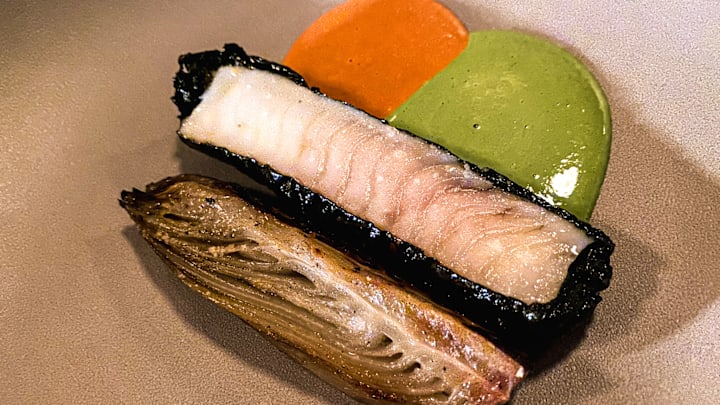Many countries often have iconic foods that come to mind as soon as their name is mentioned. For example, Canada often brings images of maple flavors, poutine, and maybe those Montreal bagels. While those food items are delicious, Canadian chefs invite both visitors and locals to explore the delicious flavor and a taste of culture.
Some people can be curious about indigenous ingredients and others can be a touch intimidated. Even though these ingredients might not be front and center at the grocery store, there is much to learn and appreciate about the food.
In Canada several chefs are looking to introduce diners to indigenous ingredients in approachable ways. Whether it is highlighting artic char or even just celebrating food foraged from surrounding area, these ideas are meant to showcase what cooks learned centuries ago. Living off the land and appreciating it will always bring the best flavors.
For example, Masatard in Montreal leaves diners with a map that showcases all the ingredients from the dinner. From the vegetables to the proteins, diners are left with a visual reminder of the food’s journey and one piece of its story. Chef Simon Mathys and his team have transformed each element with care and precision; they know it is the food’s story to tell. Without that product, there would be no meal.
While Masatard offers this scrumptious exploration in an intimate setting, the Le Marche de Saveurs du Quebec market brings together all types of local purveyors in its store. Every shelf is full of jams, teas, cheese, meats, and beverages. Beyond the familiar foods, it is the stories of the artisans who have dedicated themselves to bringing these passions to a wider audience.
Although the Le Marche de Saveurs du Quebec allows guests to choose their own adventure, many people would prefer a more guided experience. A food tour can give visitors a taste of the past, present, and future.
For example, Chopsticks+Forks, located in Toronto, has amazing food tours in an intimate setting. One option is to stroll through Kensington Market and learn about the cultural crossover within that short walking distance. Even though the dishes might not tie back to the native tribe ancestry, these restaurants are part of the city’s cultural foundation.
Many of the stops bring together locale delicacies from the restaurants’ owners heritage with locally sourced ingredients. It celebrates how people take adapt what the food that they know to what is available in their new homeland. That combination celebrates a sense of heritage that crosses cultures.
Another example of Canadian chefs incorporating indigenous ingredients into their dishes is Bernadette’s in Edmonton. Created by Chef Scott Isherhoff, the menu celebrates the philosophy of Mino-Pimatisiwin. Celebrating his background in Attawapiskat Nation in Ontario, and Pei Pei Chei Ow, the menu uses local, seasonal, and traditional ingredients.
It is more than just those concepts on a menu. Chef Isherhoff weaves together a story of past, present and future. From indigenous cooking methods to showcasing connections to all aspects of the environment, diners are encourage to explore these ideas long after the dishes are cleared from the table.
While many diners choose a restaurant based on the delicious food, a chef’s pedigree, or even buzz, a celebration of indigenous ingredients deserves to be part of the conversation. Whether the restaurant is close by or far from home, that scrumptious meal creates a connection and an appreciation for the story, history, and connection to the past. For those diners looking for a flavor that celebrate
